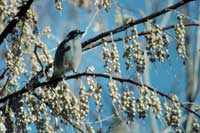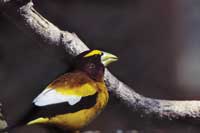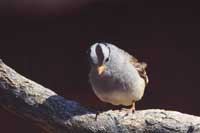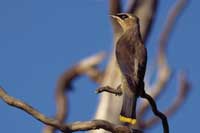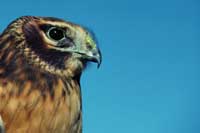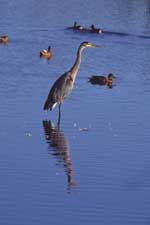 Saturday, December 14 will be a day for the birds in Moab. Literally.
Saturday, December 14 will be a day for the birds in Moab. Literally.
This day represents Moab’s annual participation in one of the longest running citizen science projects in the nation – the Christmas Bird Count, better known as the CBC. Sponsored by the National Audubon Society, this count will be the 114th consecutive count.
When the CBC started on December 25, 1900, 27 birders took part in the event. At that point in time, the idea of bird conservation was just in its fledgling state. Significant declines in waterfowl and colonial nesting birds, like herons and egrets, due to habitat loss and overhunting were starting to get noticed. Some birds had already gone extinct.
By the start of the 20th century, gone were the massive flocks of passenger pigeons that once crossed North America. Gone were the Great Auks and Labrador Ducks, the Dodos and nearly 30% of Hawaii’s native bird populations. Although the last Passenger Pigeon died in 1914 in the Cincinnati Zoo, by then the flocks of millions of birds were just a memory.
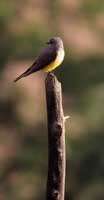 President Theodore Roosevelt started the National Wildlife Refuge system in 1903 in response to these declines. Along with a greater interest and understanding of birds, birdwatching has now become one of the top recreational pursuits in the United States.
President Theodore Roosevelt started the National Wildlife Refuge system in 1903 in response to these declines. Along with a greater interest and understanding of birds, birdwatching has now become one of the top recreational pursuits in the United States.
How popular? In 2013, there will be over 2,300 official Christmas Bird Counts throughout 15 countries. Most counts are in the U.S. and Canada, but there are CBCs hosted in Costa Rica, Guam, Ecuador and even Antarctica, although the Antarctic one often gets cancelled due to weather.
A count day is selected and groups of birders are assigned to cover preselected portions of a 15-mile wide count circle. Some folks stay in and watch their bird feeders instead of going afield. But for the rest, the woods and canyons and brush piles and neighborhoods are scanned and scoped for birds. Last year, over 50 birders took part in the Moab CBC and they recorded 69 species.
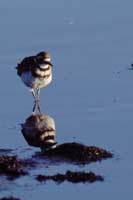 So what does the CBC indicate? The count provides a regional or national snapshot of winter bird populations. Researchers who look at the data have discovered some interesting declines and increases for species over the years. Also there are trends indicating that more birds are spending their winters farther north than in previous years, perhaps due to global climatic change.
So what does the CBC indicate? The count provides a regional or national snapshot of winter bird populations. Researchers who look at the data have discovered some interesting declines and increases for species over the years. Also there are trends indicating that more birds are spending their winters farther north than in previous years, perhaps due to global climatic change.
So how does one go about participating in the Moab CBC? First off, you don’t need to be an expert birder to join because the organizers mix and match teams of novices with experienced birders. On count day grab your binoculars and bird books and don’t forget to dress for the weather. Then go out and have fun counting birds.
A post-count rundown will take place on December 15 at The Nature Conservancy office on Kane Creek Boulevard. Besides the potluck breakfast, teams report their findings. This review turns up “count week” species, those that were missed on Count Day, but observed the 3 days prior to the count. The rest of count week is spent looking for species missed on count day. To participate, contact organizer Marcy Hafner at marcymoab@yahoo.com or 259-6197 and enjoy the birding!
